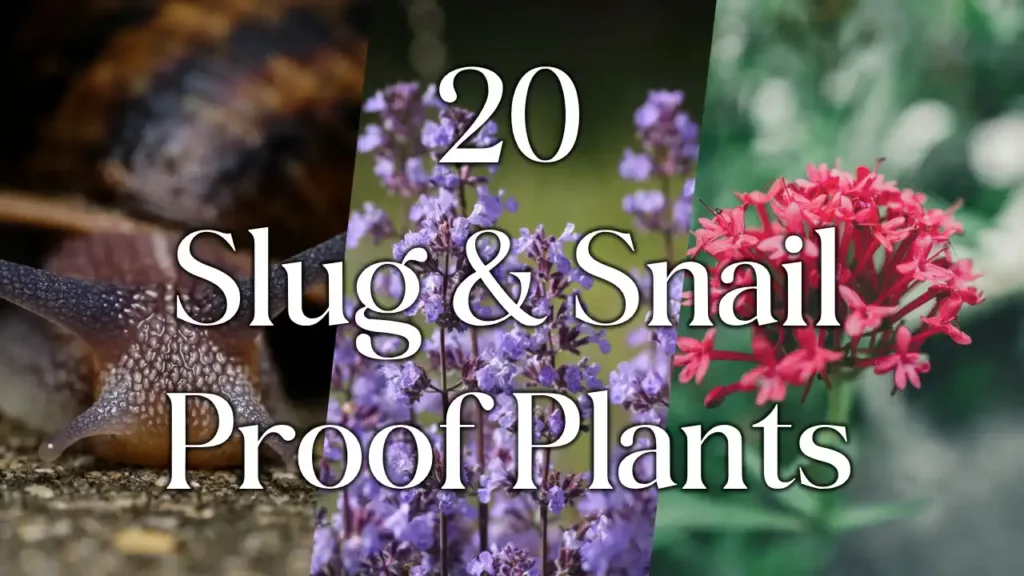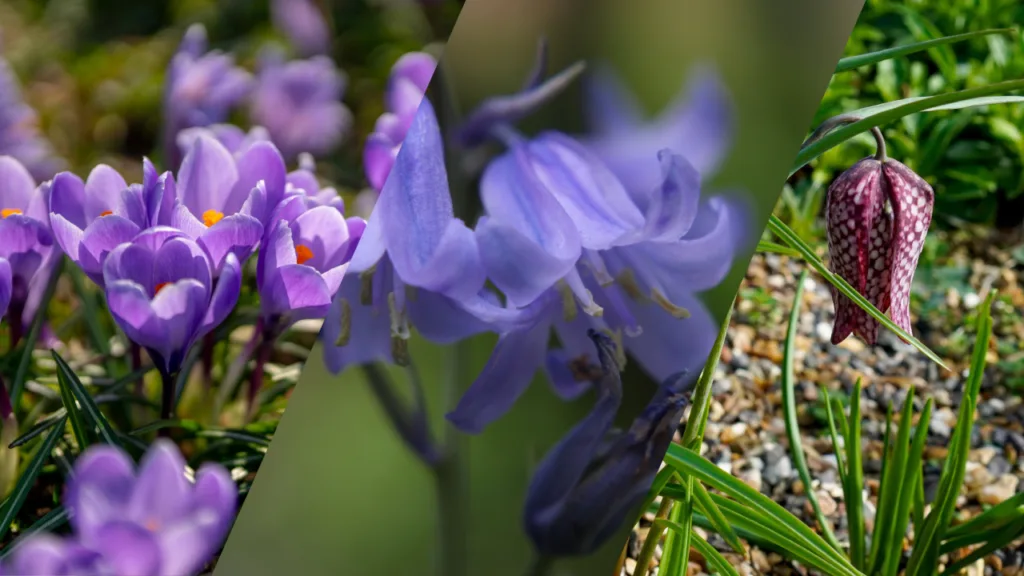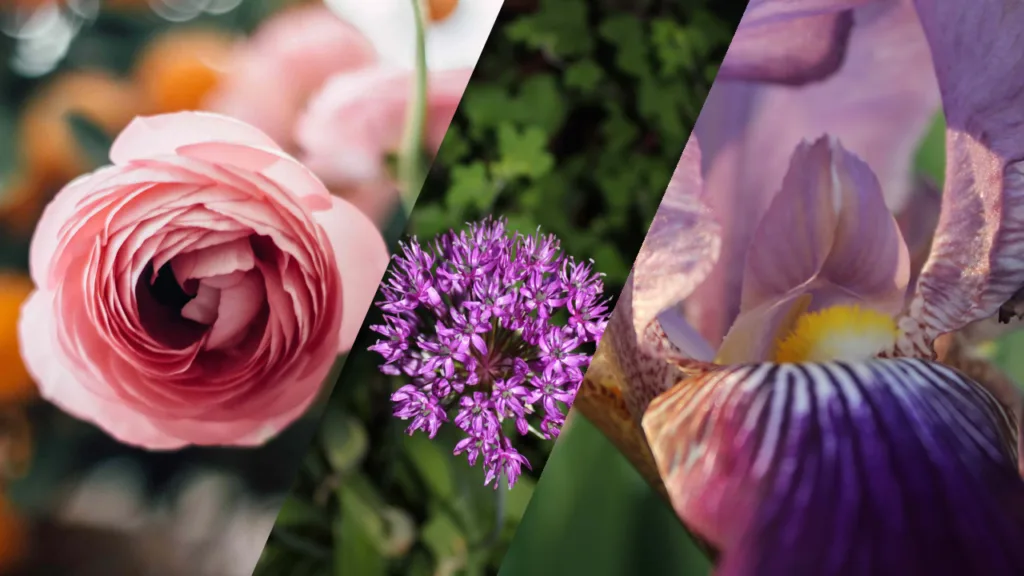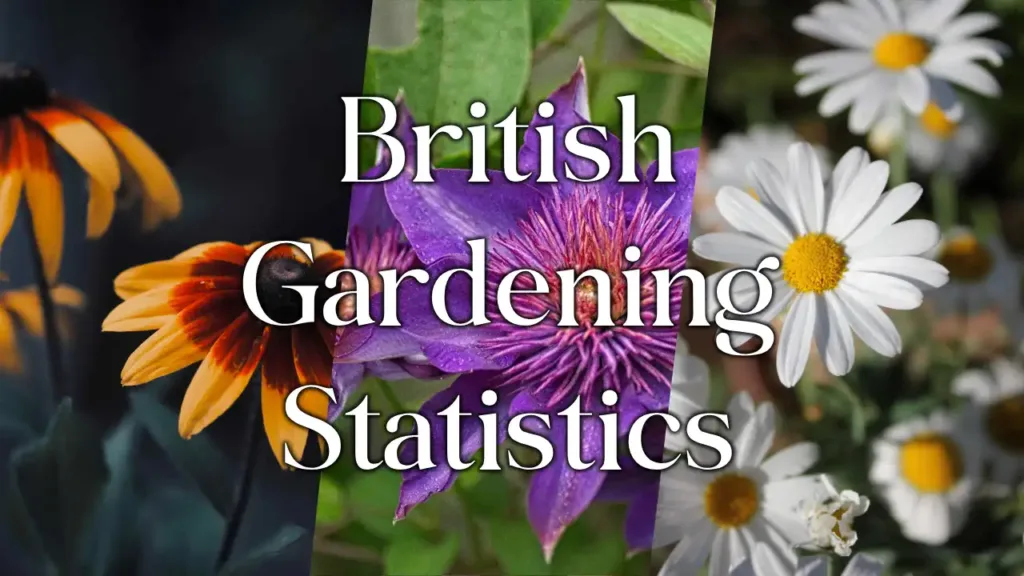When my wife and I moved into our country garden, we really struggled to get anything growing in the soil. Nearly everything we planted was devoured by slugs and snails within a week, including some beautiful lupins, bergamots and some lettuce that we planted in a new raised bed!
As we didn’t want to use any chemicals in our garden we tried many natural slug deterrents, such as putting ash and bark chippings around our plants, but they rarely helped and our plants were eaten just as quickly.
We soon realised that protecting our delicate plants was becoming a full time job and was stopping us from spending time doing other fun jobs in the garden. So we decided to focus on planting mainly slug and snail resistant plants in our space. As we began researching, we realised that there are a whole host of plants that both look beautiful and won’t be slug food within a week.
In this article, we’ll take you through our top 20 slug and snail proof plants, to help you garden look beautiful no matter how many slimy pests you have.
Contents
Roses
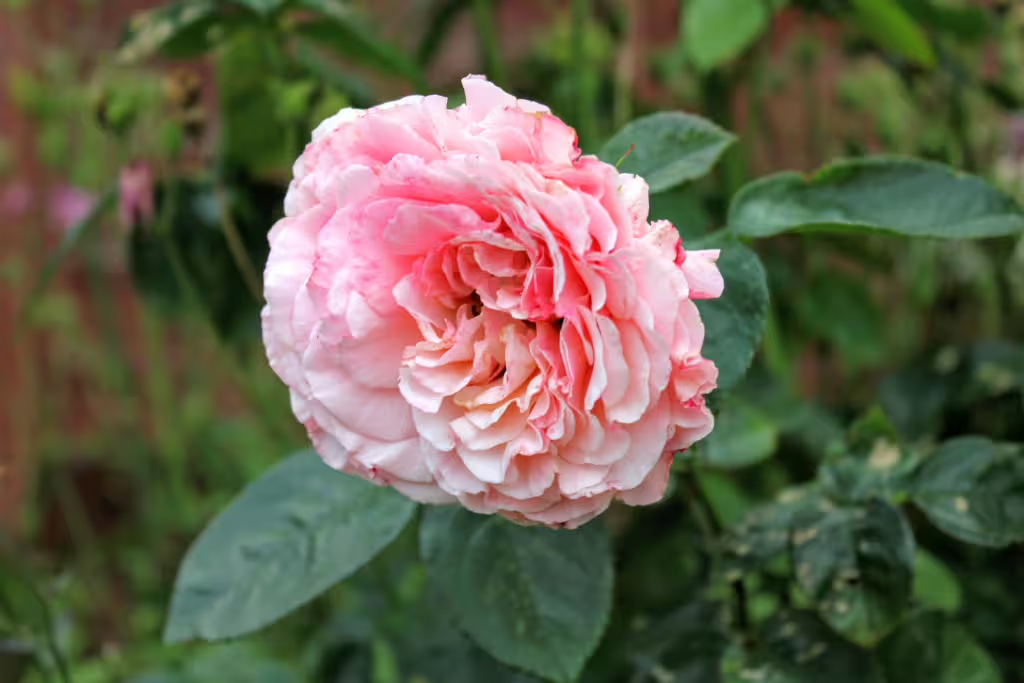
One of our favourite flowers in the garden due to their beautiful scents and blooms, roses are generally resistant to slugs and snails due to their thorny stems. We currently have 6 roses in our country garden and we’ve never seen a single slug-eaten leaf, so they’re definitely a great pick if you’re looking for a slug-proof plant.
In fact, we love roses so much that we’ve written a guide to choosing the right rose for your garden, which we’d recommend you read if you’re looking to buy one for your outdoor space.
Peonies
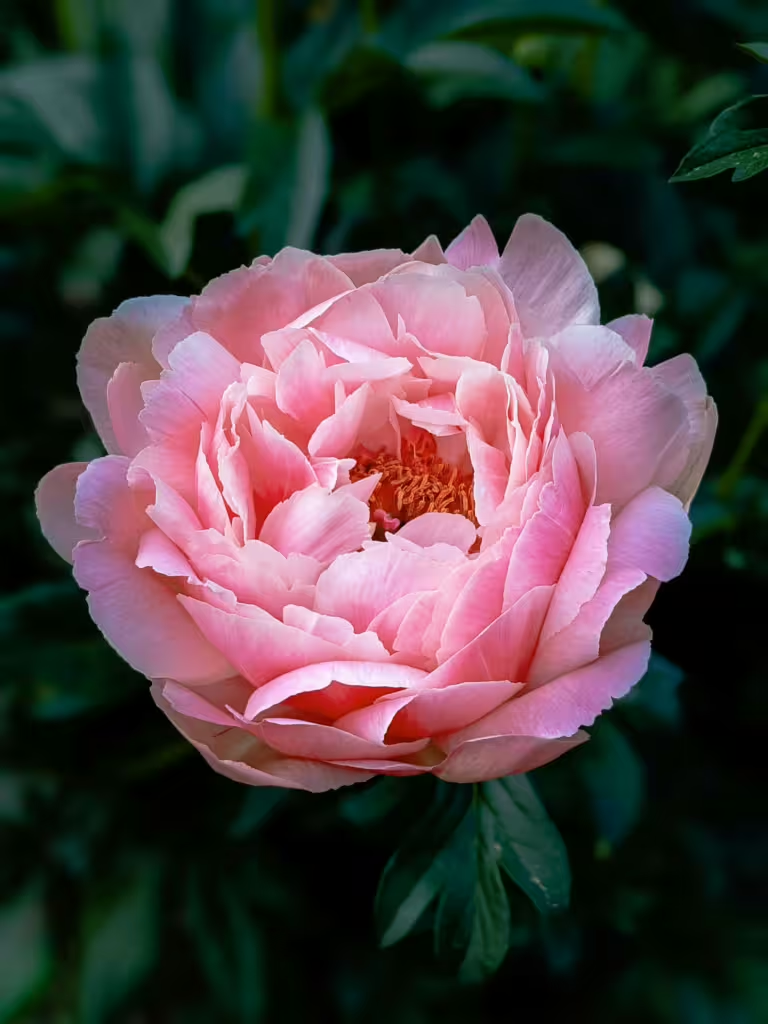
If you’re looking for even more blooms, then peonies are another great snail-proof plant to buy. Their thick, leathery leaves are really unappealing to slugs, meaning that they absolutely thrive in snail-infested soil. We planted 2 peonies in the most slug-infested part of our garden last year and they’ve only had 1 or 2 nibbled leaves, so we’d definitely recommend that you pick up a few peonies for your space.
Aquilegia
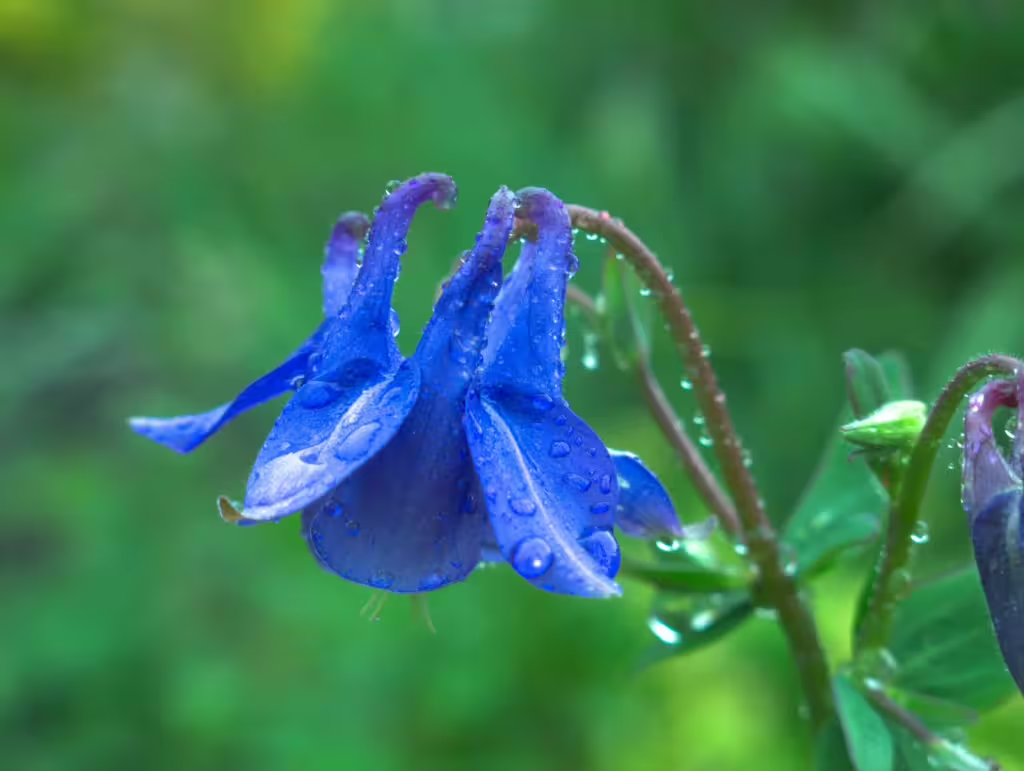
Aquilegia’s have tough, wiry stems which make it really difficult for slugs and snails to move on to eat the leaves. Not only are the slug proof, but they also have beautiful bell-shaped flowers and come in a good variety of colours, making them ideal for any garden.
Fox Gloves
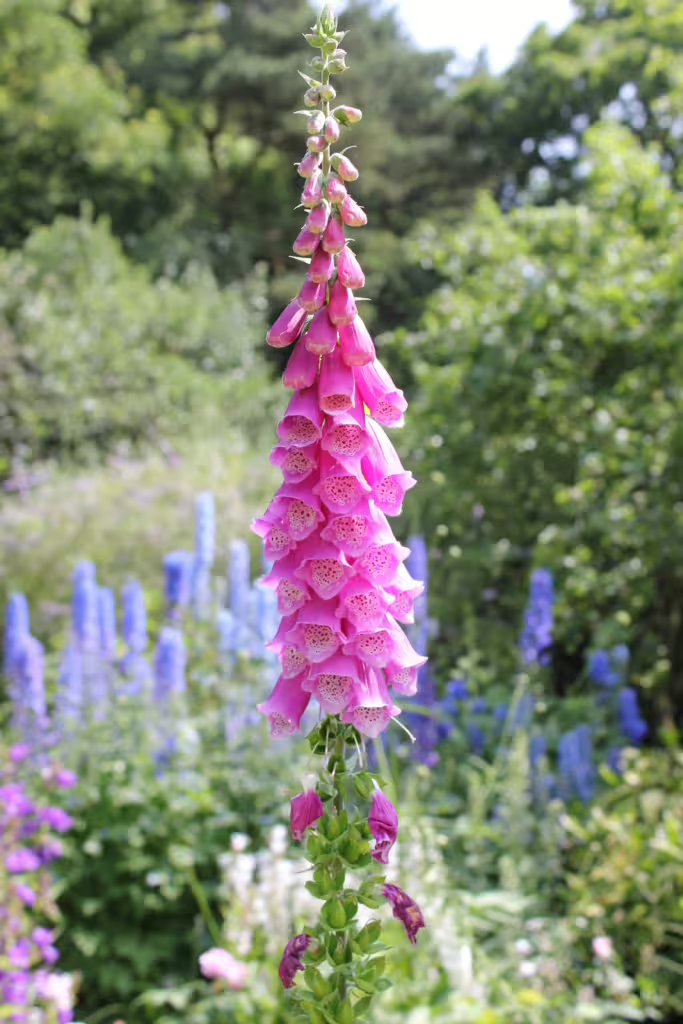
Fox gloves contain toxins, which deter slugs and snails from eating them, making the a great choice for a slug-prone garden. What’s more, their dramatic and striking flowers look great in just about any garden. We’ve planted several clumps of fox gloves in our country garden and they’re all thriving this year.
Lily Of The Valley
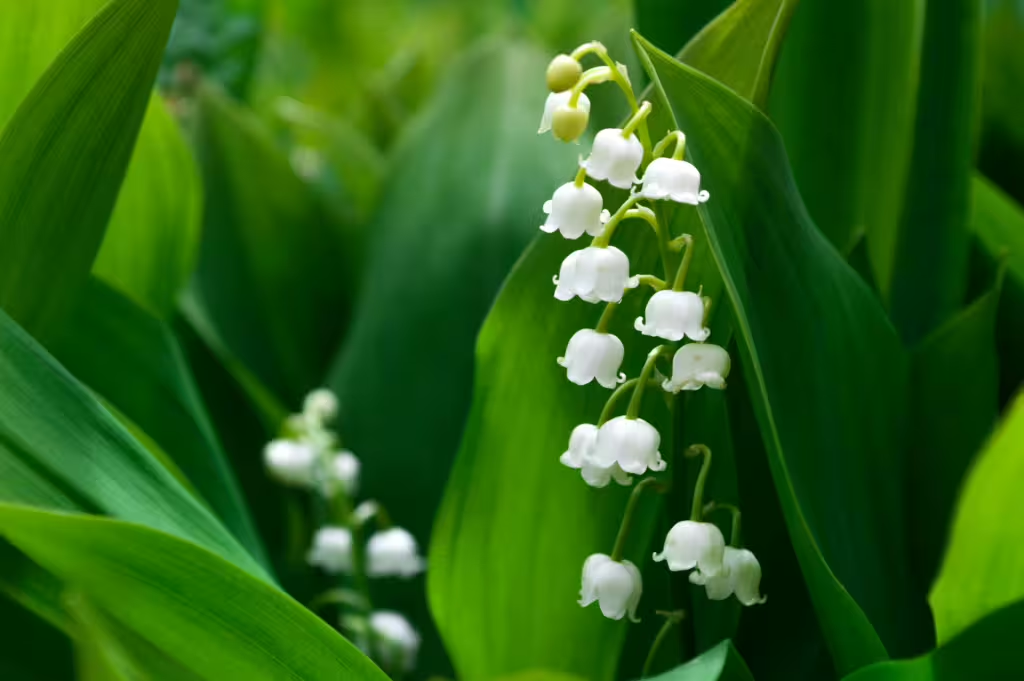
Another toxic plant is lily of the valley, which makes it another great slug and snail deterrent. While you do need to be slightly careful when handling them, they’re a beautiful country garden flower, so should definitely be on your list for your flower beds.
Lambs Ear

If you want a plant with striking grey and incredibly soft leaves with an exciting purple flower, then you should definitely get one of these plants. A firm favourite of mine since I was young, lambs ears are also unattractive to slugs and snails due to their fuzzy leaves. We planted a small lambs ear plant in our garden about 4 months ago and it’s thrived in our garden, almost doubling in size.
Bergenia

Bergenias, also known as elephant’s ears are an easy to grow, evergreen perennial, meaning that they will give you foliage throughout the year. Their intriguing flowers that come up in early spring give your garden a lovely pop of colour early in the year. What’s more, their large, leathery leaves give great ground cover, which prevents weeds, and also are really unappealing to slugs and snails. What a win!
Helenium
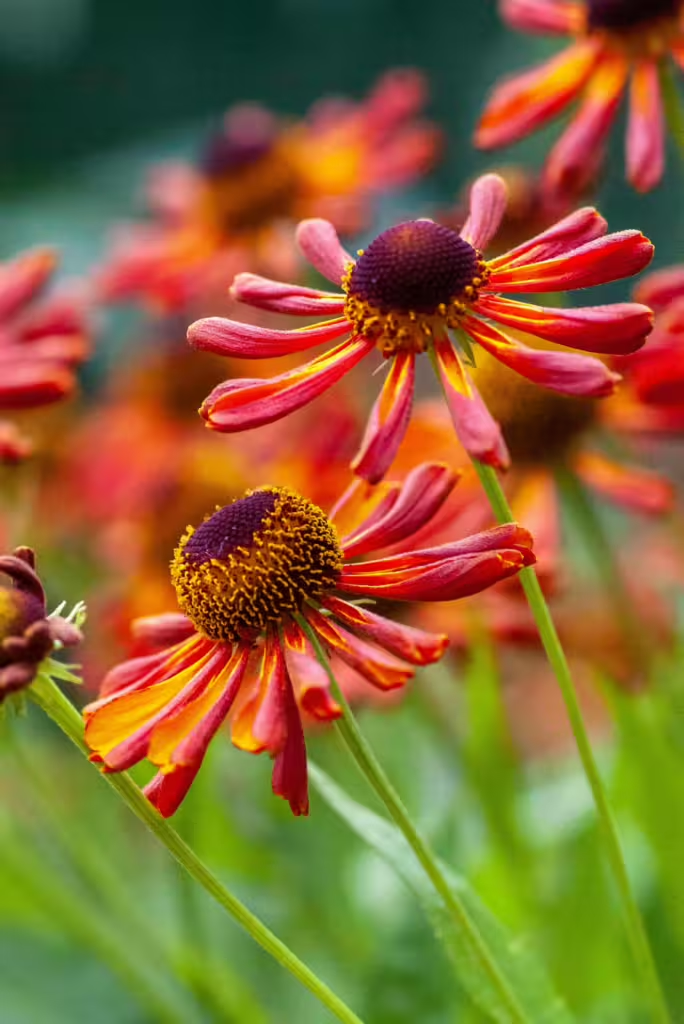
Heleniums, also known as sneezeweeds, are daisy-like flowers with striking colours and tough stems and leaves, making them great for snail-prone gardens.
Lavender
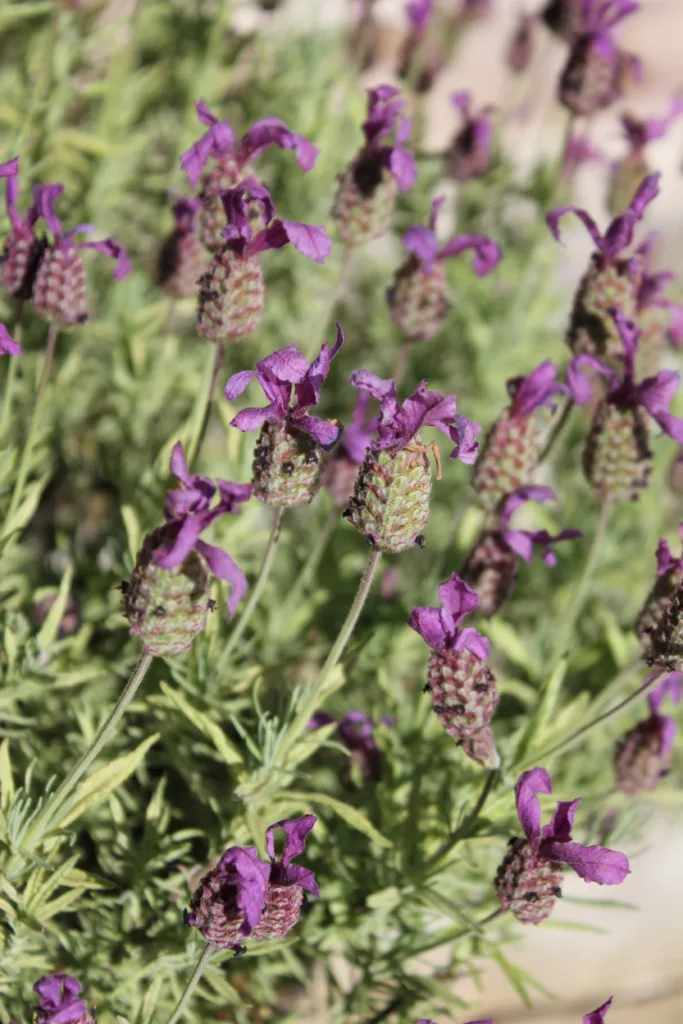
Plants with strong scents are really good at repelling slugs and snails, meaning that lavender and other herbs are great for gardens with slug or snail problems. What’s more, their striking foliage and use in cooking makes a lavender a perfect addition to any garden.
In fact, we’ve covered creating an balcony herb garden here on our country garden, proving that you really can grow herbs anywhere.
Catnip
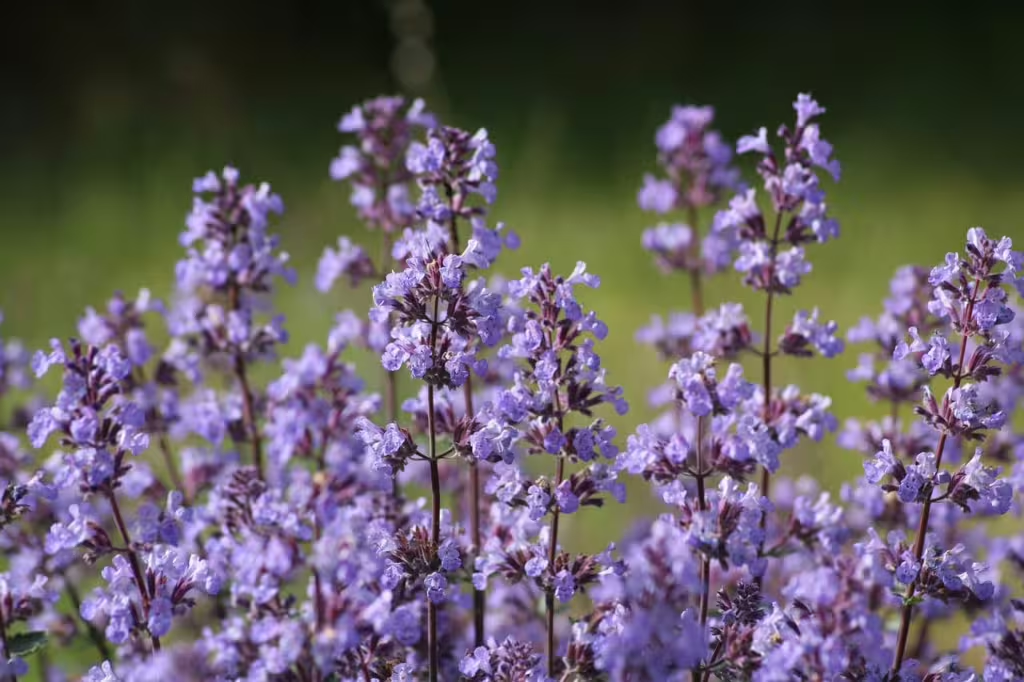
While we’re on the topic of strong scent, catnip is another great plant for repelling slugs and snails. While I’ve originally thought of catnip solely as a great treat for a feline, it turns out that they’re actually treat for the eyes too, and are a staple of country garden borders. Their abundant clusters of tiny flowers and intricate leaves make them a great addition to your garden.
Veronicas
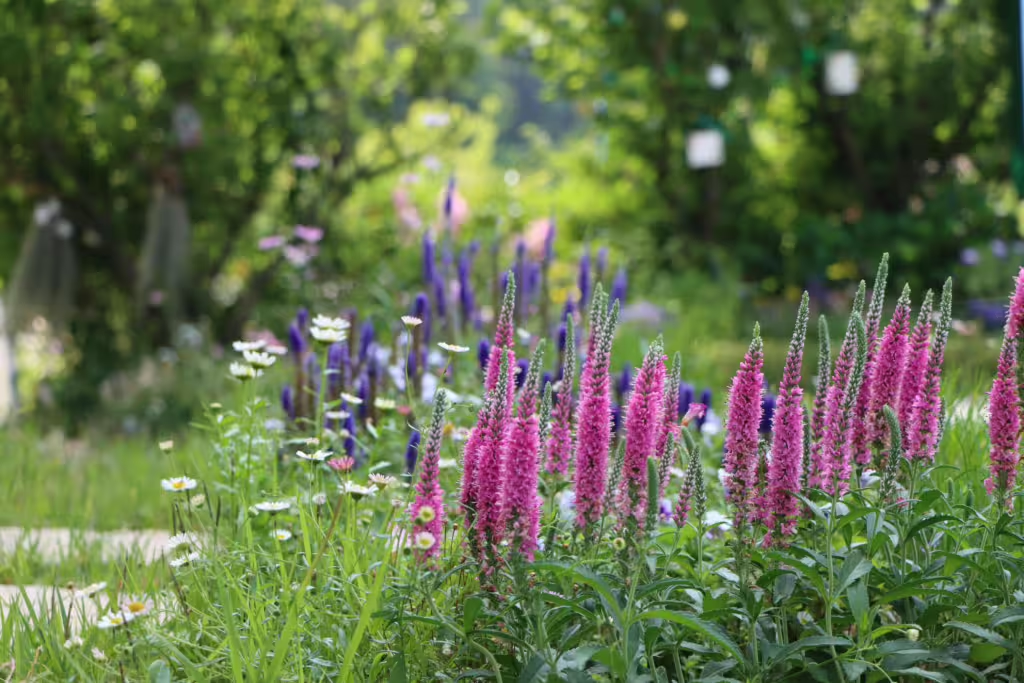
If you like the look of foxgloves, then you’ll likely love veronicas. With their spiky looking flowers that come in many different colours, they’re a great addition to your garden. Their tough stems and leaves are great at deterring slugs and snails.
Blue Iris
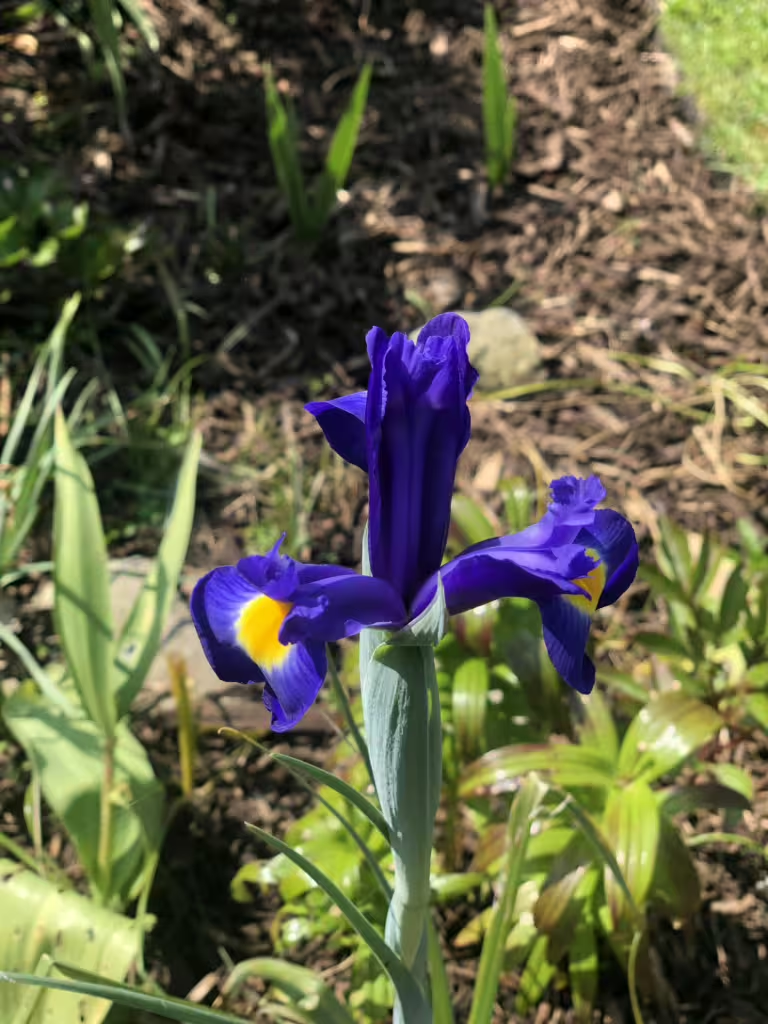
Blue Iris have elegant, sword-like leaves with really striking flowers, making them a real statement piece of your garden. What’s more, their thick leaves and stems make them really unattractive to slugs and snails, meaning that your statement flower will thrive in your garden.
Alchemilla Mollis
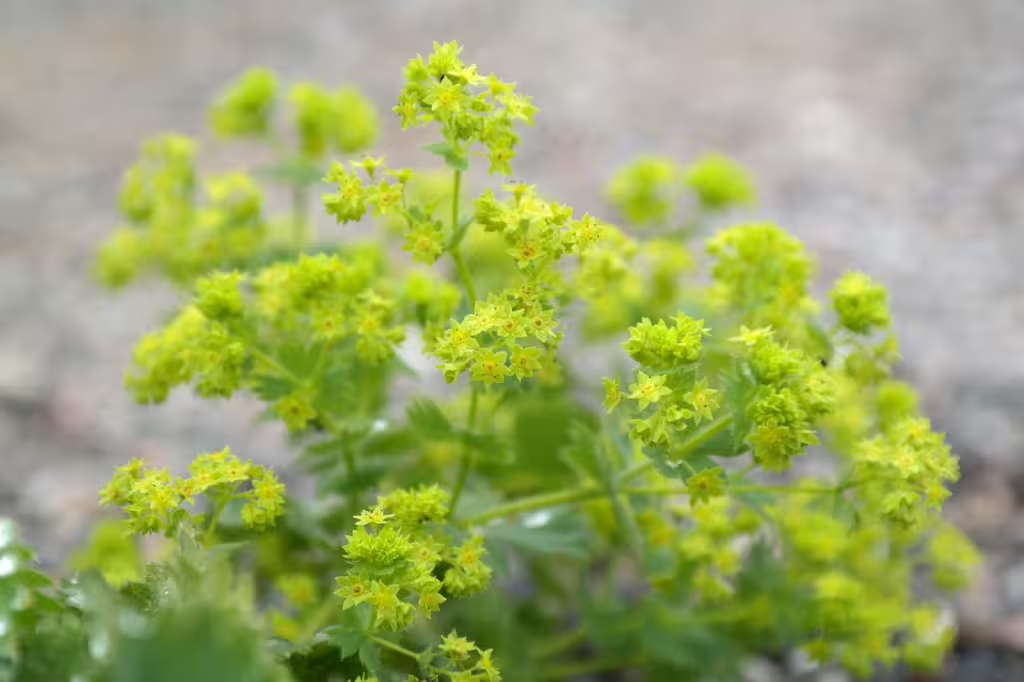
The Alchemilla mollis, or lady’s mantle has soft, green foliage with frothy yellow blooms, which are a great space filler in your border. Their thick and fuzzy leaves make them unappealing to slugs, giving them a free-pass to thrive in your space.
Centranthus Ruber
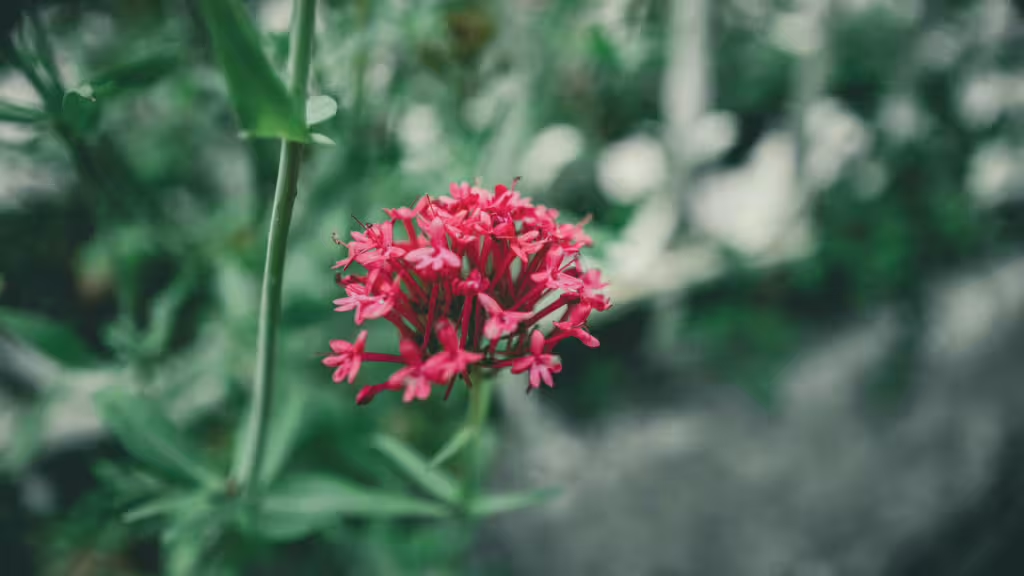
The centranthus ruber gives your garden pops of red with its clusters of small red flowers placed on tall, thin stems. Their leaves have a slight scent, which detracts slugs and snails, helping you to sleep easy knowing these beautiful flowers will be safe in your outdoor space.
Hydrangeas
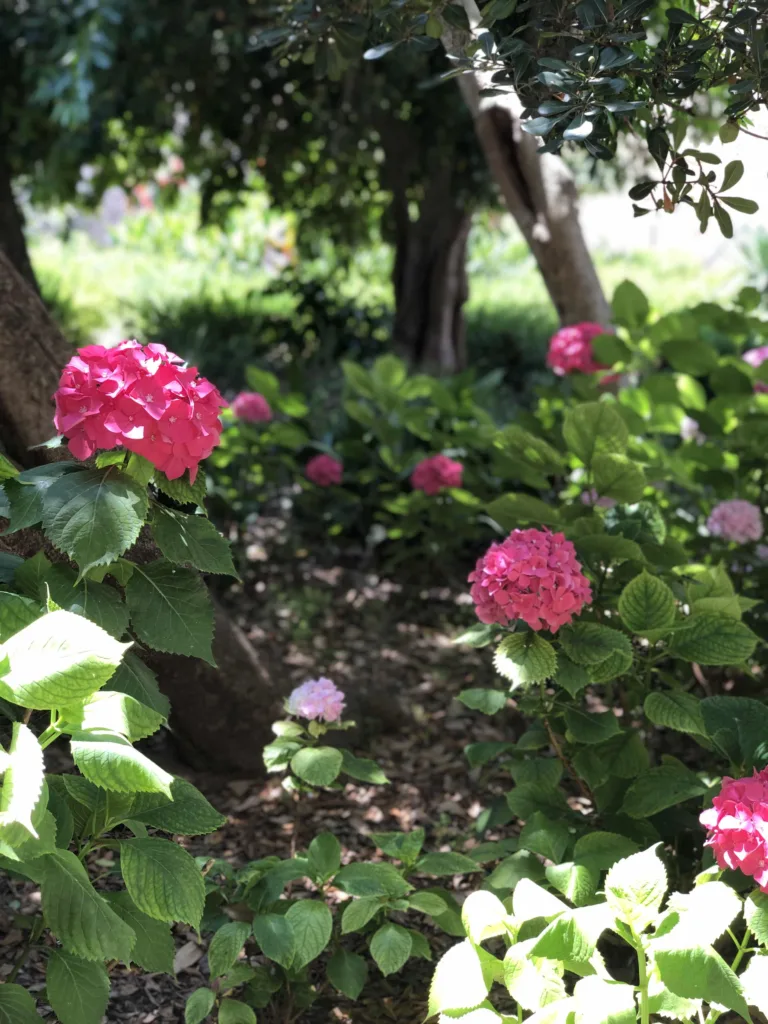
These long-flowering, low-maintenance shrubs have surged in popularity in the last few years due to their vibrant coloured flowers that can last for up to 3 seasons. Their thick, woody stems are really difficult for slugs to eat, meaning that they’re largely left alone to bloom in your garden.
Geraniums

These Mediterranean favourites are loved for their vibrant flowers and versatile stems that don’t get touched by slugs and snails. They’re known for requiring very minimal care to keep them in flower, making them a great pick for your space if you don’t have too much gardening time.
Sedums
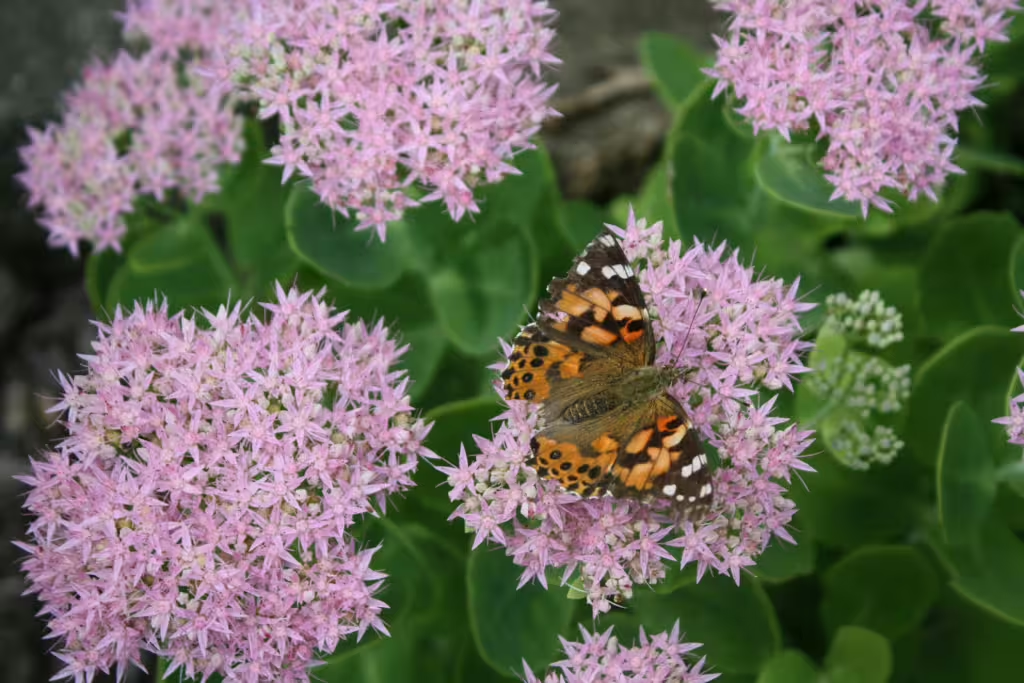
Another low-maintenance plant, sedums produce abundant bright pink flower heads in summer, which really brighten up a border. Their succulent leaves are tough for slugs and snails to penetrate, meaning that they’re largely unaffected by slug-infested gardens.
Carnations
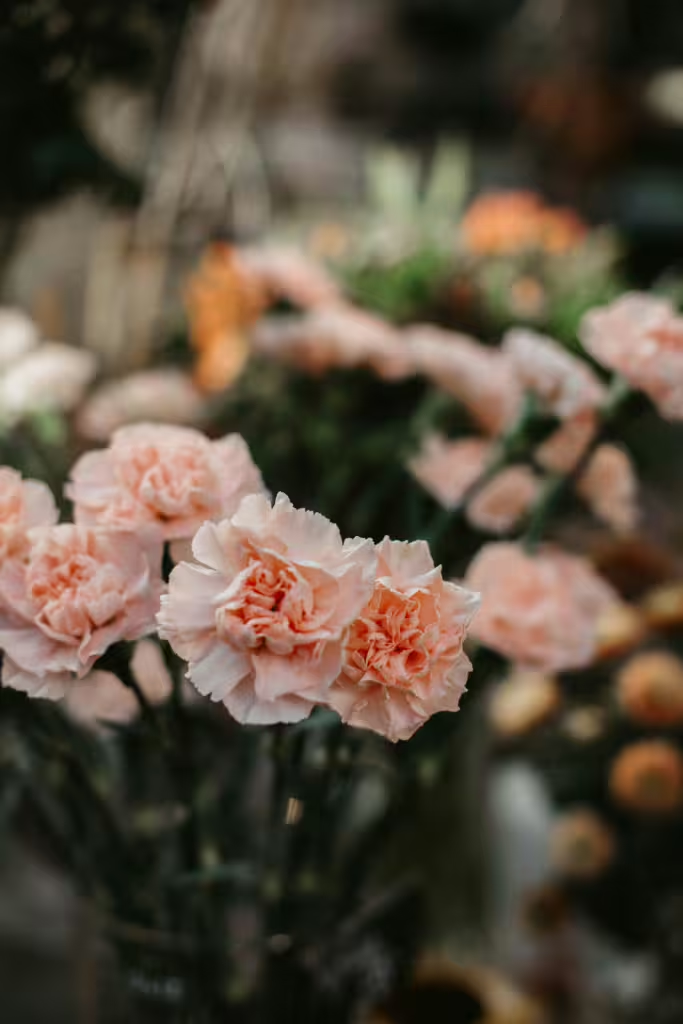
Carnations, with their rose-like ruffled petals that produce a spicy fragrance add an elegance to any garden that they’re added to. What’s more, their tough foliage is really difficult for snails and slugs to eat, which helps them to thrive in almost any space.
Monarda ‘Cambridge Scarlet’
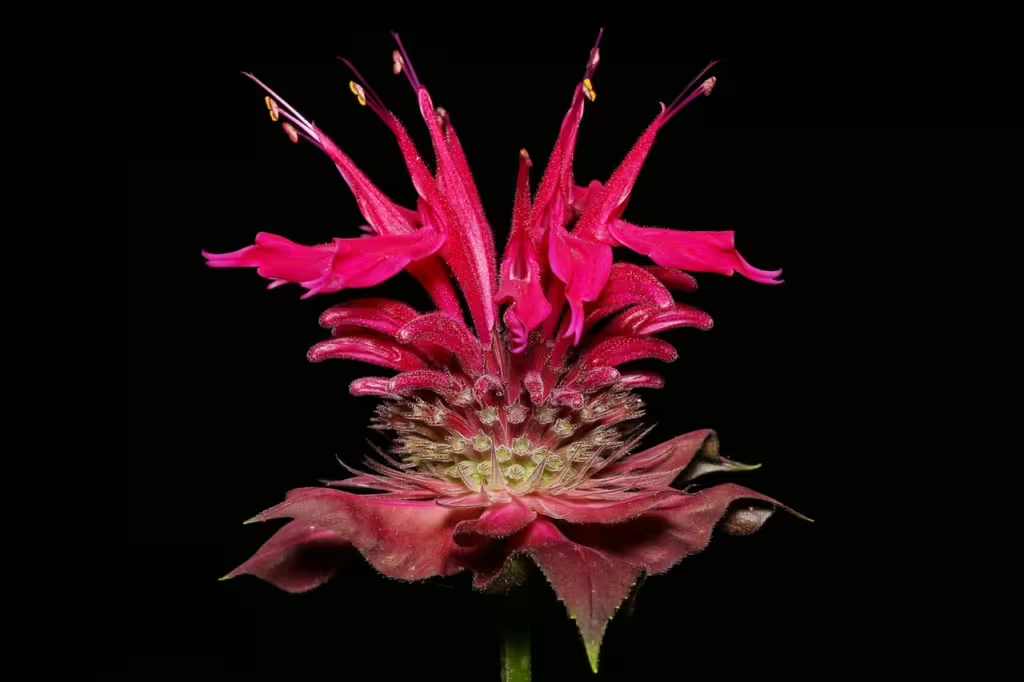
With it’s eye-catching and aromatic red flowers, this bergamot is a great slug-proof addition to your garden. We grew a number of these plants from seed this year and have seen them really thrive in our slug-infested soil, so they’re definitely a safe bet to plant in your space.
Phlox subulata
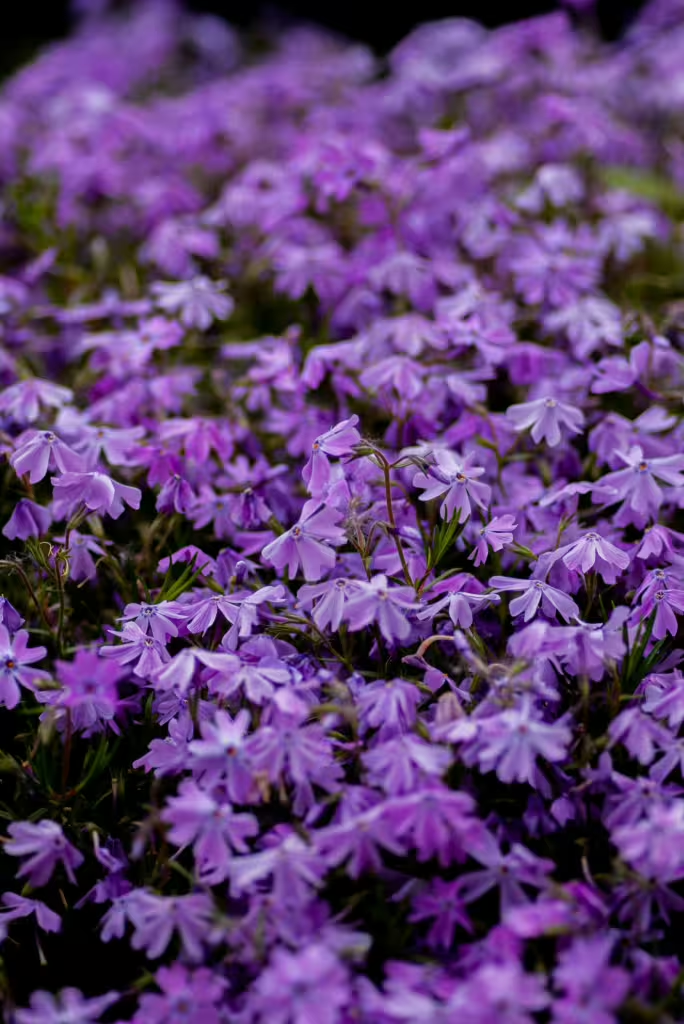
Phlox subulata, also known as moss phlox, provide a beautiful carpet of vibrant flowers which is perfect if you want to add a layer of ground cover to your garden. The tough foliage is really unattractive to slugs and snails, meaning that it’ll grow unhampered in your garden.
Conclusion
So there you have it, 20 plants that slugs and snails will leave alone. While you don’t have to solely include these plants in your garden (we still have a full mix), having a lot of your borders filled with slug repellant plants means that you can rest easy knowing that they will have a good structure and coverage, even if there’s a slug apocalypse.
If you’re wanting to grow other plants in your garden that aren’t as resilient to slugs and snails, then we’d recommend growing them in pots and containers to give them a better chance. You can take a look at our guide to growing plants in containers here.
